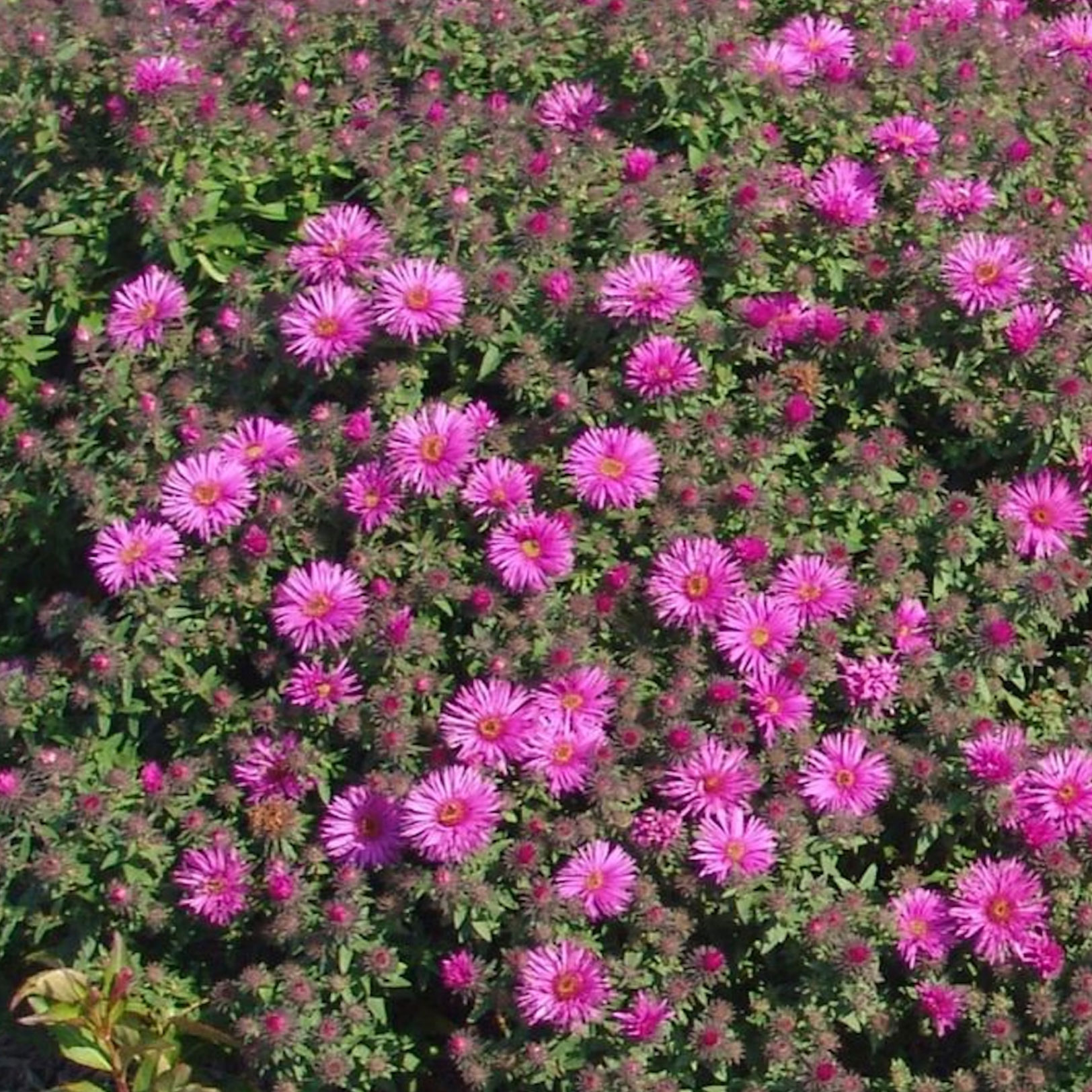Get More From Blooming Perennials: 12 of the Best Perennial Flowers For Years Of Color
There are some flowering perennials you will quickly want to see again and again in your garden. Here are a dozen of the best perennial flowers to grow for years of dazzling blooms
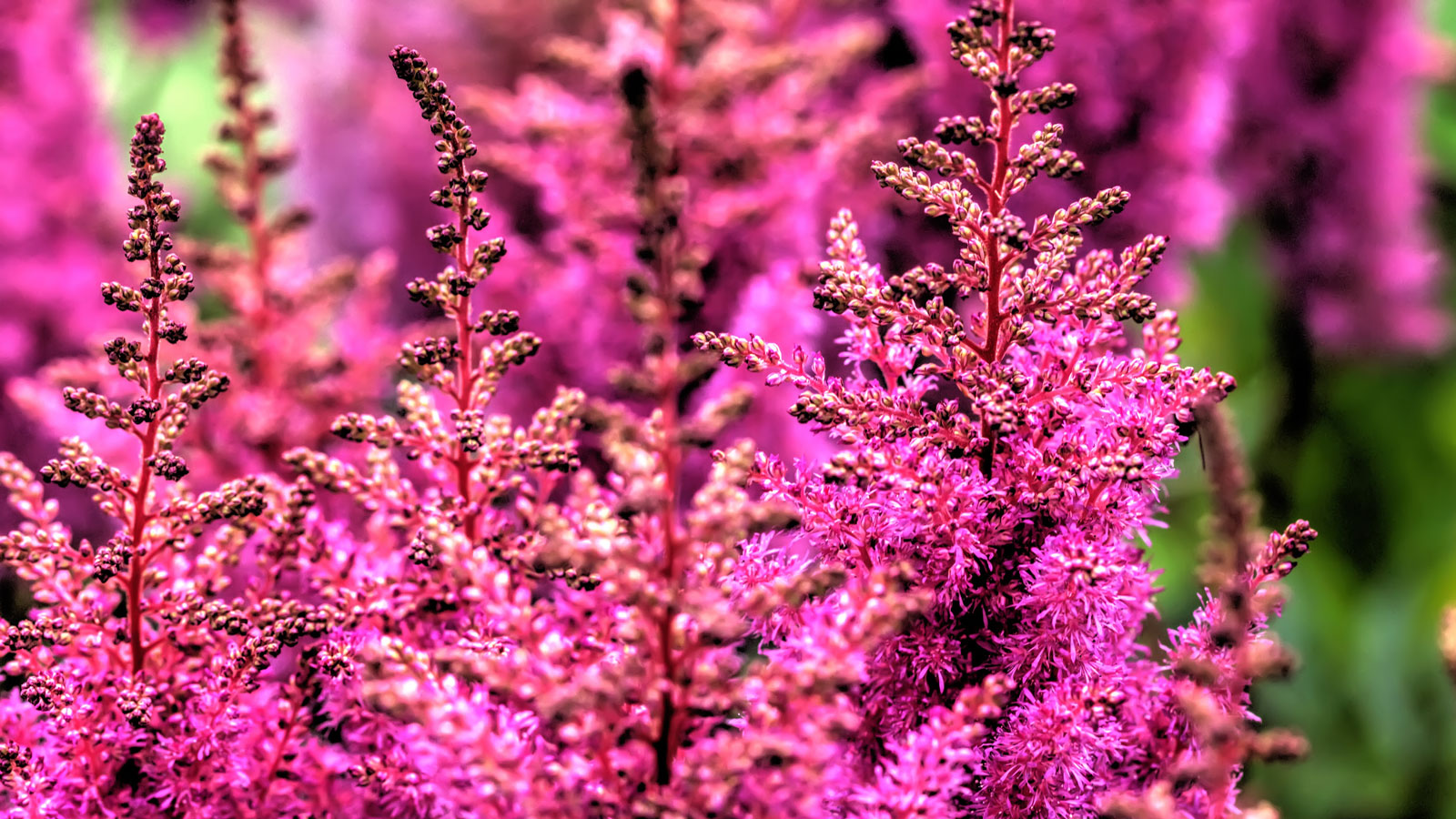

Gardeners choose to plant perennial flower beds for a variety of reasons. Though most perennials are loved for their ease of growth and dependability, the best perennial flowers offer an enchanting blend of character, color, proliferation and longevity. The most compelling flowering perennial plants tend to be well-suited to the particular landscape, offering both hardiness and beauty.
Here is a roundup of 12 of the most popular outdoor perennial flowers, providing insight into their needs and special considerations for their growth. Read on to find out how you can enjoy the most dazzling and reliable perennial flowers for years of beautiful blooms.
1. Dianthus
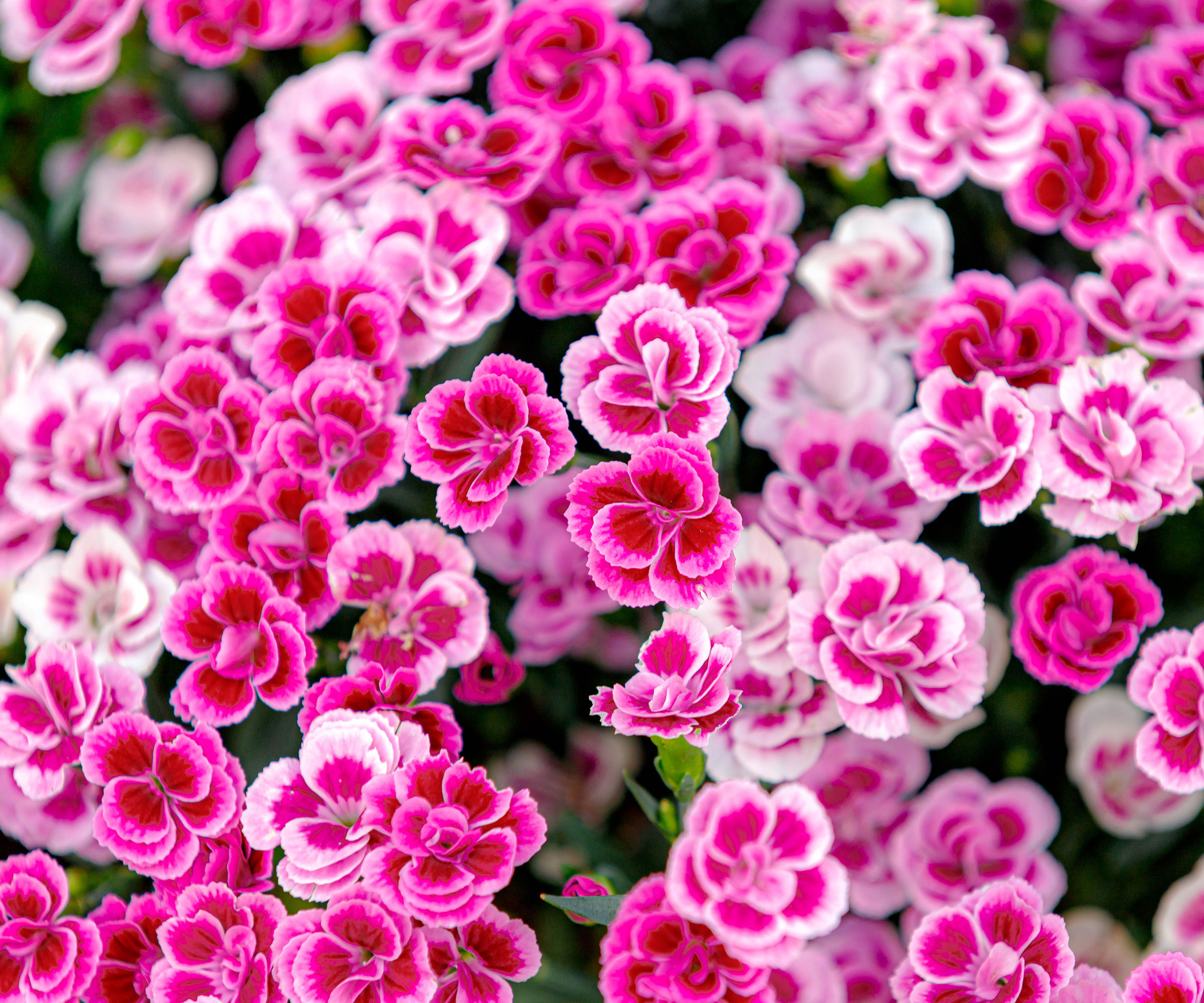
The term ‘dianthus’ is most commonly used to refer to a large number of plant species. These include carnations (Dianthus caryophyllus), pinks (D. deltoidesm), sweet William (D. barbaratus) and a variety of others. Small perennial flowers bloom profusely in summer. Though the plants are especially well-suited to growth in beds and mixed borders, dianthus will also flourish in containers. Experienced gardeners further note their utility in cut flower production and as an essential part of pollinator beds. Most dianthus species will demonstrate hardiness in USDA zones 4-8.
2. Campanula

A popular choice for cottage gardens, bellflowers (Campanula) are a dependable source of early color in summer. Though the flowers differ, most varieties display striking, lavender-blue shades. Planting varied species can add diversity to ornamental beds and extend the plants’ bloom period. Popular perennial campanula species include Campanula portenschlagiana, C. glomerata, C. pyramidalis and C. lactiflora. Most bellflowers will behave as a perennial in USDA zones 3-8.
3. Peony
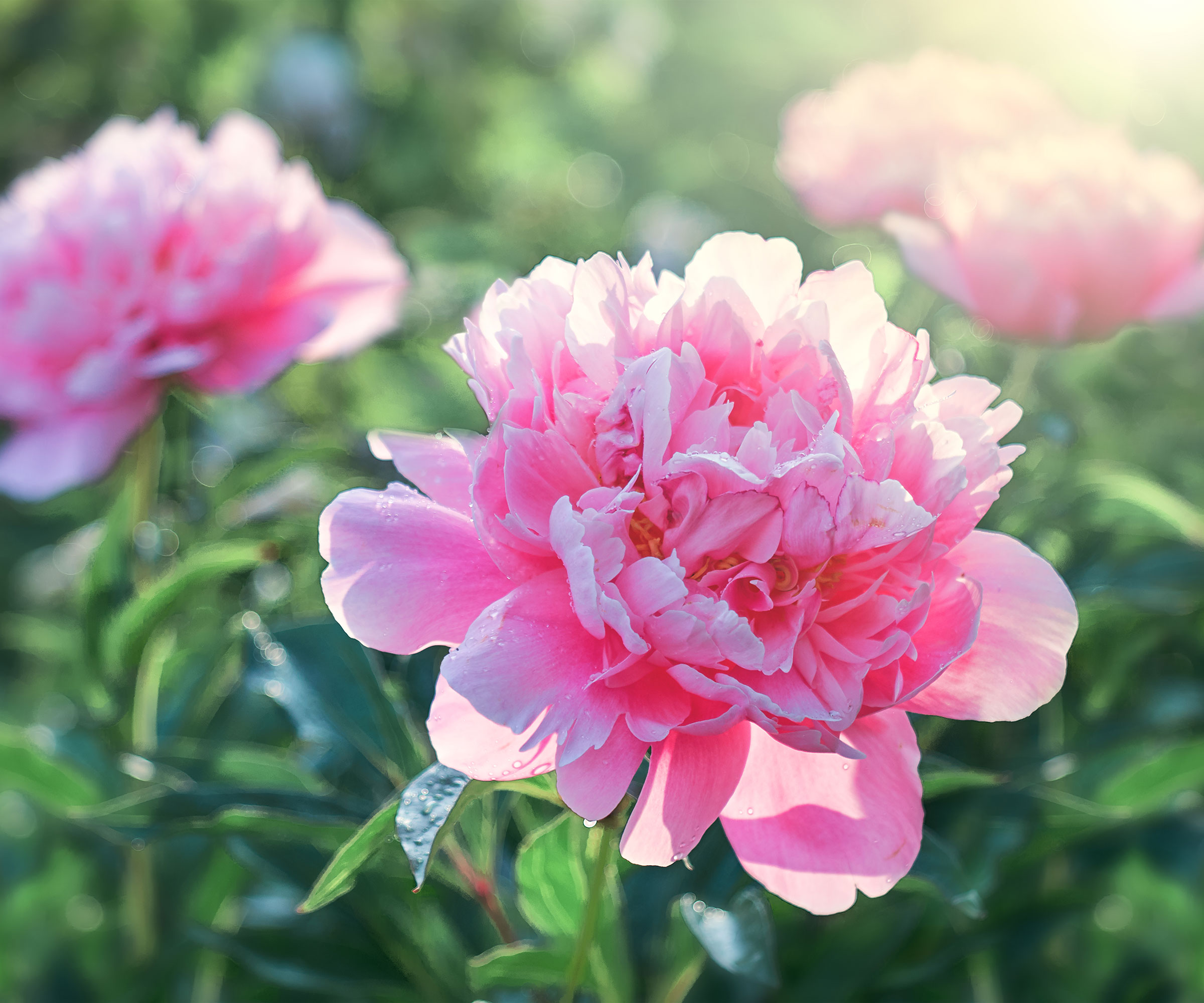
A timeless addition to the home landscape, these low-maintenance perennial flowers are cherished for their longevity. Established peony plants can thrive for decades, requiring little to no care from growers. Their beauty is further magnified in summer, when they produce large, impressive blooms. Most species grow best where they can receive full sun. Other types, like tree peonies, prefer more indirect light or partly shaded conditions. Peonies are considered hardy to USDA zones 3-8.
4. Astilbe

Each spring, astilbe plumes tower above foliage, making for truly show-stopping floral displays. Experienced gardeners note the plant’s ease of growth and adaptability in terms of soil among its many positive traits. Newer hybrids are valued for their immense ornamental appeal and extended bloom. Popular varieties of astilbe include Bridal Veil, Chocolate Shogun and Mighty Pip. Plants are hardy to USDA zones 4-9.
5. Aster
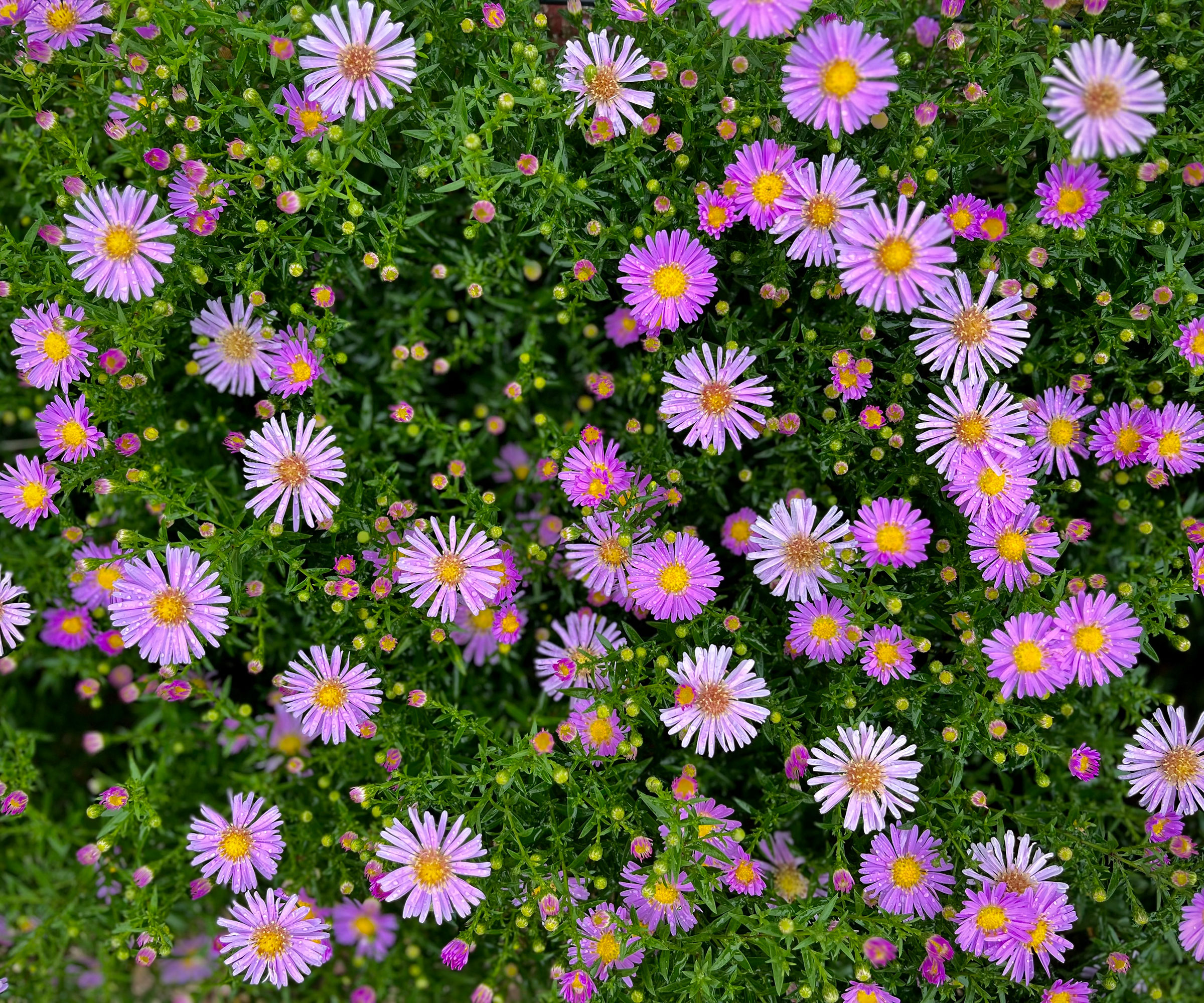
Perennial asters are a favorite of pollinators. Blooming late in the season, these plants serve as an invaluable source of both food and shelter to insects. Experts suggest planting them in full sun to encourage the best production of flowers. Aster plants are ideal in wildflower plantings, naturalized beds and informal landscapes. They also flourish where soil conditions may be less than ideal. This includes soils with poor fertility, high concentrations of clay, and even poor drainage. Most asters are hardy to USDA zones 3-8.
Sign up for the Gardening Know How newsletter today and receive a free copy of our e-book "How to Grow Delicious Tomatoes".
6. Dahlia
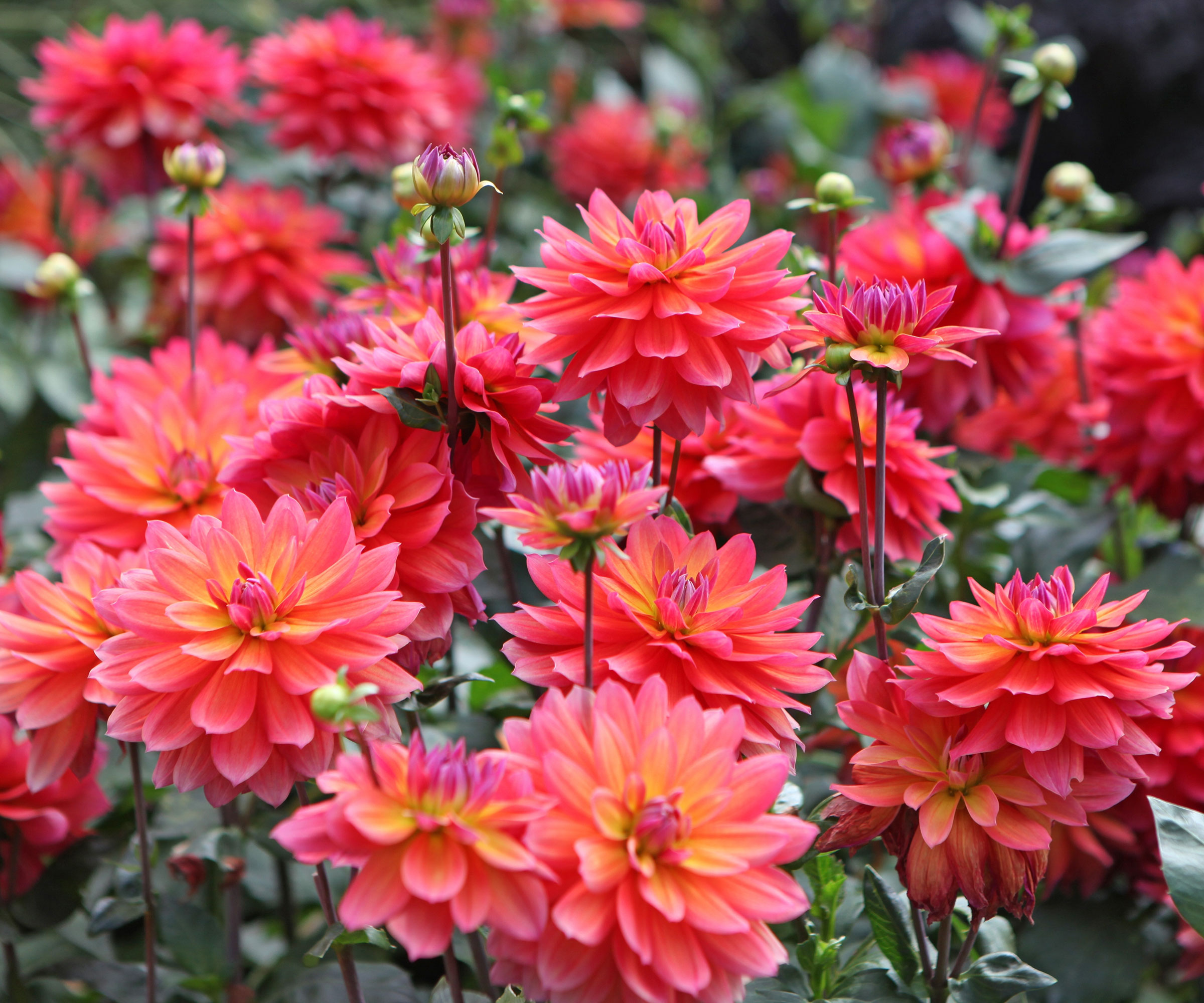
Among the most colorful perennial flowers, dahlias offer gardeners a wide range of species and cultivars from which to choose. Named varieties are an exceptionally popular addition to mixed borders, hedges and cut flower gardens. Cultivars can vary greatly, each with different color, form, size and height. Though plants are hardy only to USDA zones 8-11, those living outside these regions have found success growing dahlias as annuals, digging and storing tubers through winter for safekeeping.
7. Coneflower
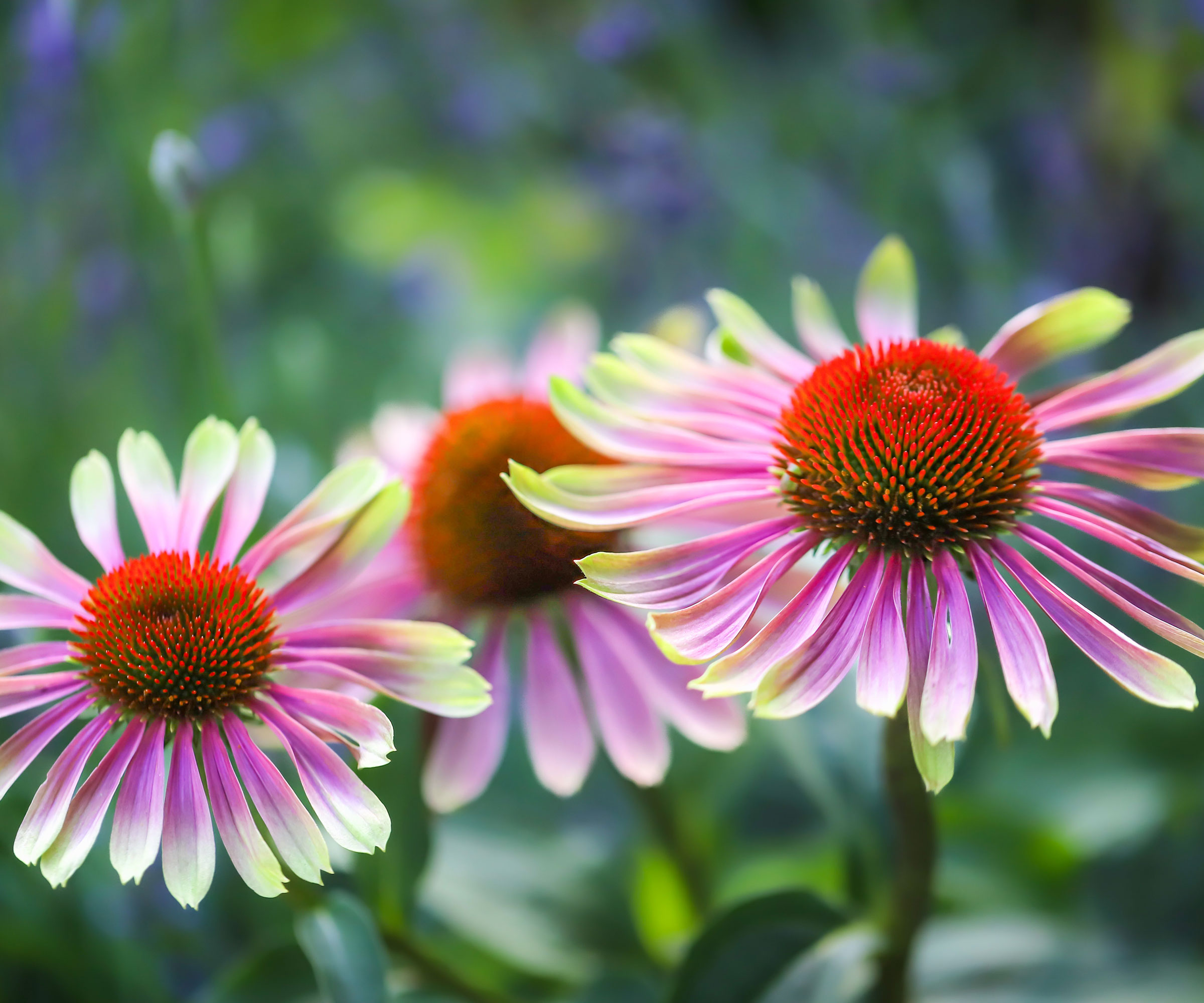
A frequent addition to herb gardens and pollinator beds, those growing coneflowers can expect lasting seasonal color. Thriving in full sun, plants tolerate both heat and humidity with ease. This makes echinacea an excellent candidate for use in waterwise landscapes or in regions that are prone to prolonged periods of drought. Popular varieties for the garden include Green Twister, PowWow Wild Berry and Ruby Star.
8. Phlox
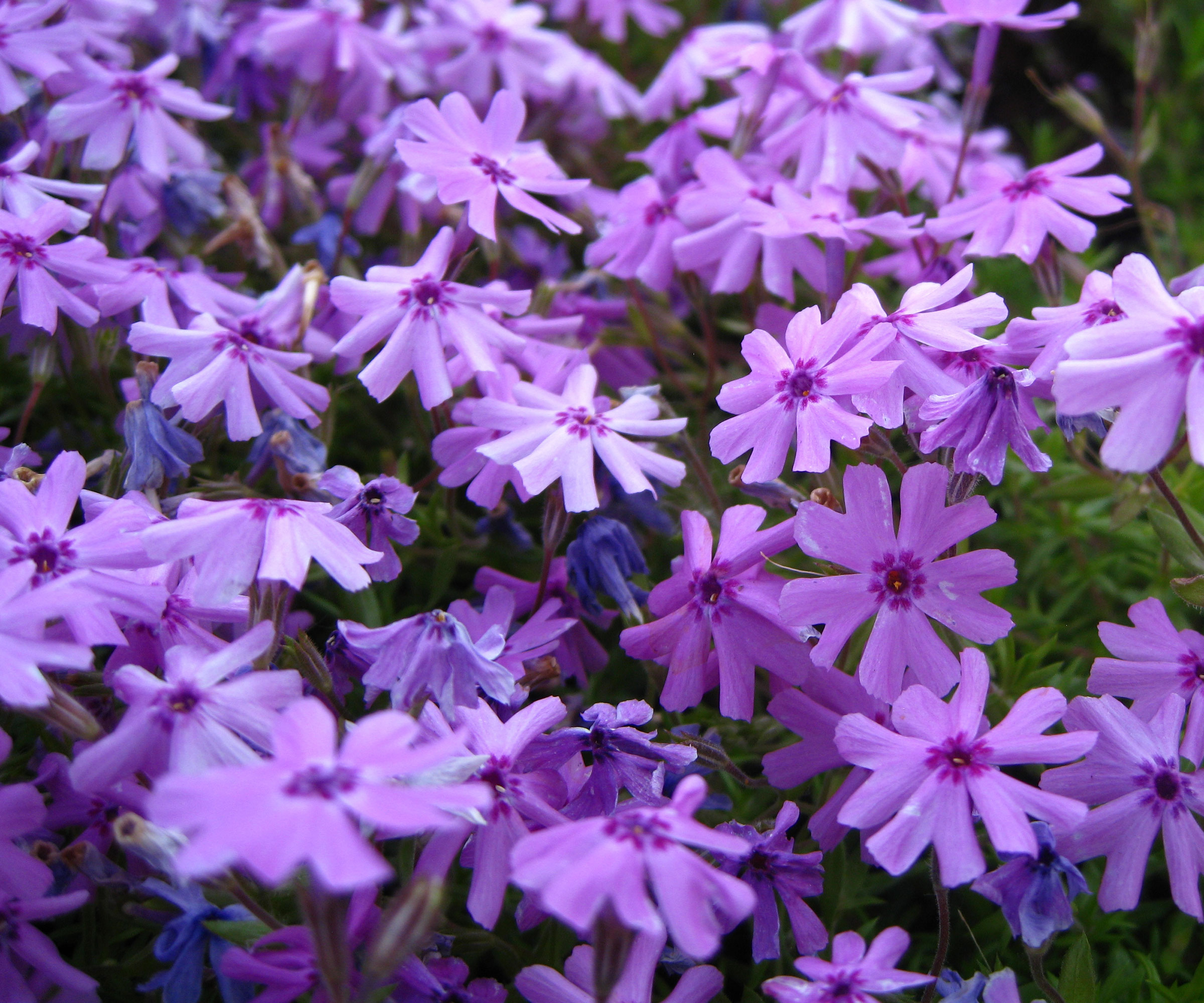
Perennial species of phlox, such as Phlox paniculata and P. subulata, are among the most common types found in the home landscape. While the former is ideal for use in mixed borders, the latter makes for a highly ornamental ground cover. Both are known for their fragrant flowers and unmatched ability to attract early-season pollinators. Varieties of perennial phlox include David, Nicky, and Scarlet Flame. Plants are hardy to USDA zones 4-8.
9. Sedum

Sedum plants are a good choice for rock gardens, xeriscaped spaces and containers. Though taller varieties are the most popular, dwarf cultivars can be used to create special interest in the form of ground cover. Low-growing perennial flowers such as these are beneficial to insects, and may even help to conserve moisture in regions where conditions are especially harsh. Gorgeous sustainable sedums include Lemon Ball, Golden Stonecrop, and Firecracker. Plants are hardy to USDA zones 3-11.
10. Yarrow
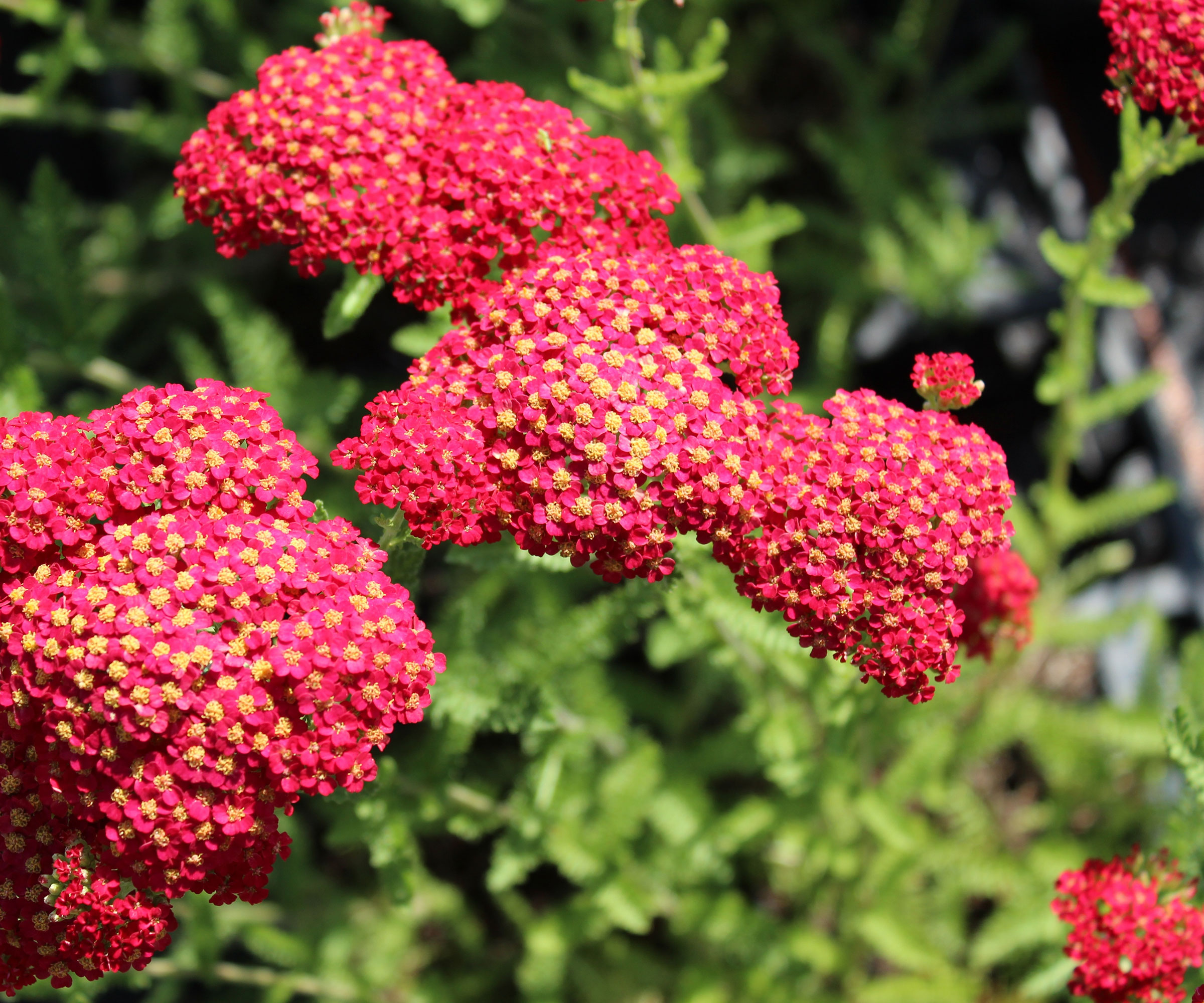
Long-favored for its use in companion planting, yarrow makes an attractive addition to ornamental beds and naturalized spaces. Purported benefits of the plant include its ability to attract beneficial insects and repel those which are not. Yarrow millefolium is most popular among landscapers, boasting flowers in attractive pastel and berry shades. Experienced growers note the plant’s ease of growth and dependability as a perennial among its best traits. Yarrow is considered hardy to USDA zones 3-9.
11. Liatris
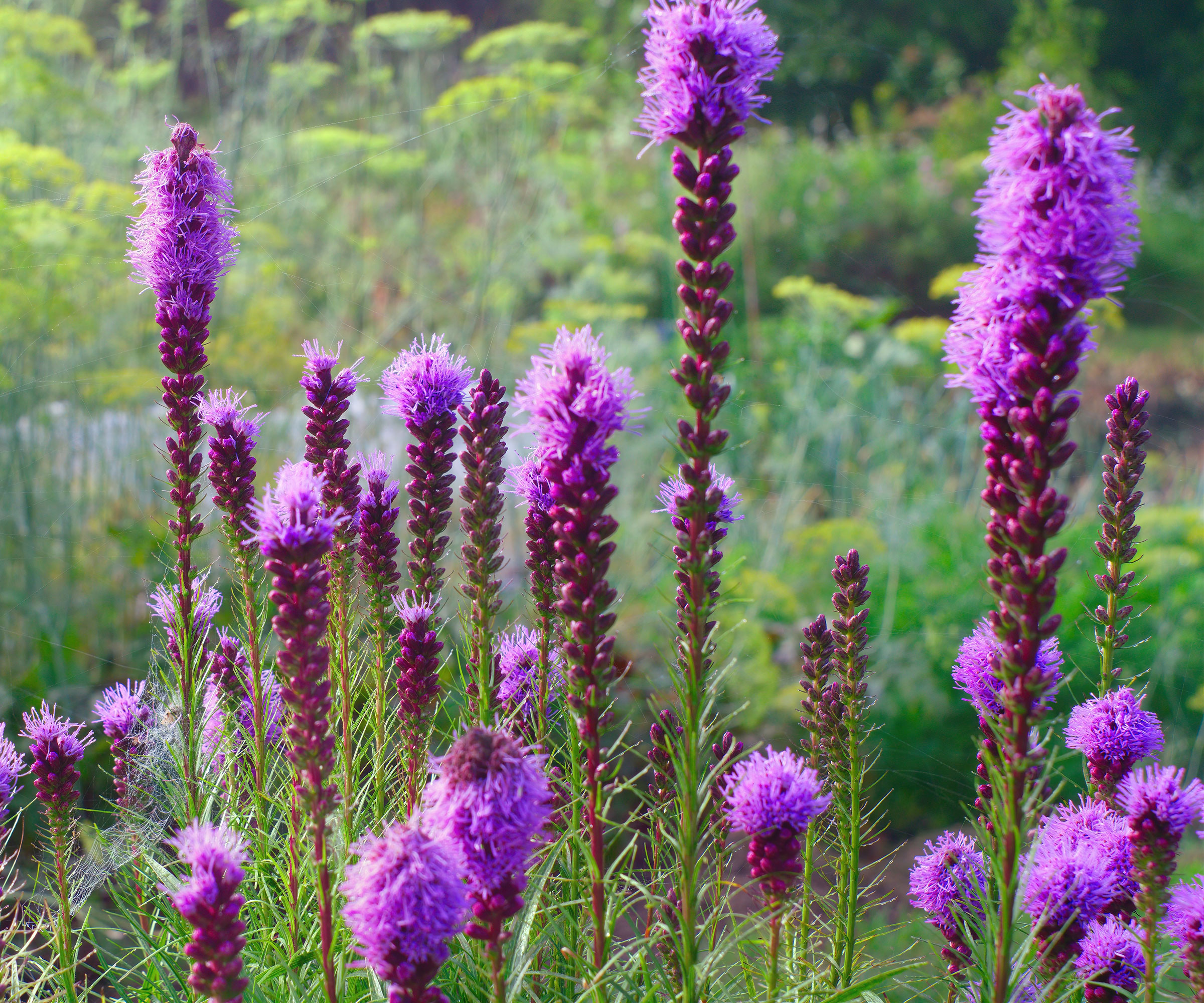
Also known as blazing star, liatris is native to much of the United States. Flowering spikes that bloom in summer feature stunning shades of lavender-blue and purple. These plants, with their frequent buds throughout the season, serve as a magnet to bees and hummingbirds. Where conditions are ideal, you can expect the bulbs to multiply. Though plants will naturalize in the landscape, they are generally not considered to be invasive. Liatris plants are hardy to USDA zones 3-9.
12. Rudbeckia
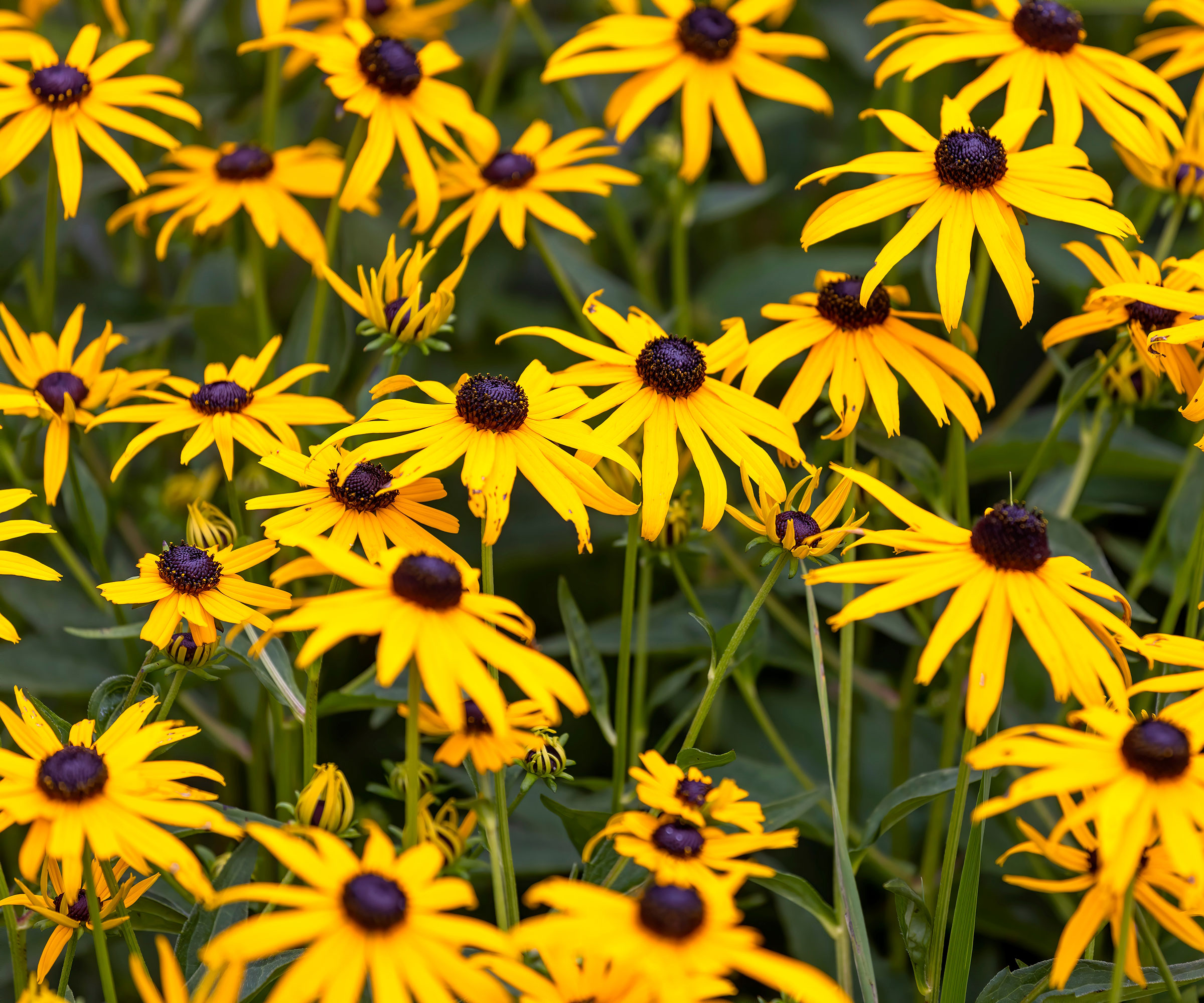
A popular native plant, perennial rudbeckias are best used to diversify wildflower plantings and attract pollinators. Attractive, daisy-like blooms help to impart an inviting, informal feel to outdoor spaces. While the needs of each species will vary, most prefer consistent moisture and ample sun. You can expect established plants to flower throughout summer, lasting until the arrival of cooler weather in fall. Perennial rudbeckias are hardy to USDA zones 3-9.
Frequently Answered Questions
Which Perennial Flowers Bloom The Longest?
If you want to extend the bloom period of your garden, look for species that flower continuously throughout the summer season. This includes perennials that produce a large number of buds and those whose flowers stand well in the garden. Some of the longest-flowering perennials include plants like coneflowers, daylilies, salvia and coreopsis.
What is the Most Hardy Perennial Flower?
Though it would be difficult to pinpoint exactly which of these outdoor perennial flowers is the most hardy, gardeners in search of easy-to-grow plants often consider those that are native. These species are generally well-adapted and suited to growth in their specific regions. Most will be tolerant of temperature, resistant to disease and able to better-withstand other local factors.
This article features products available from third party vendors on the Gardening Know How Shop.

Tonya Barnett has been gardening for 13 years. Flowers are her passion. She has transformed her backyard into a cut flower garden, which she regularly chronicles on her YouTube channel http://www.youtube.com/@tonyawiththeflowers.
